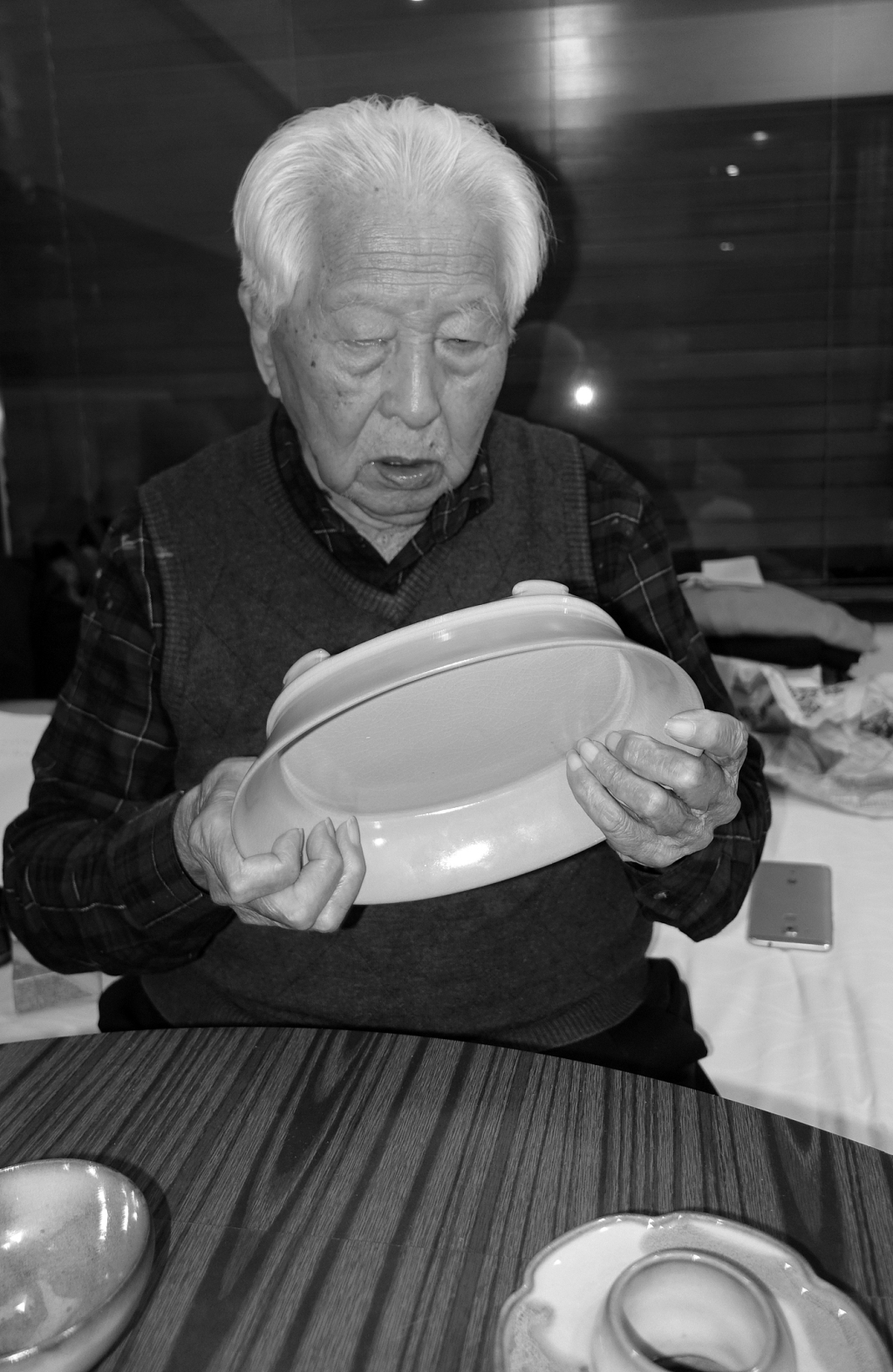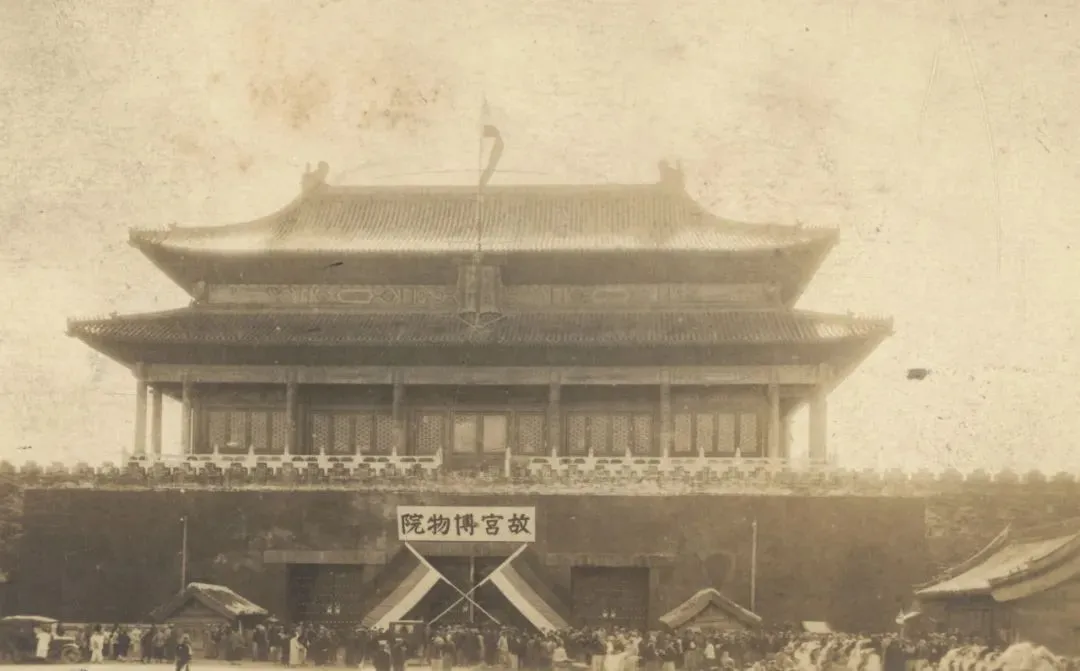
Starting October 1, the Beijing Minsheng Modern Art Museum will present the highly anticipated annual exhibition of the "Civilization Series"—"The Origin of Civilization: A Grand Exploration of Early Chinese Civilization." This exhibition draws from thirteen major cultural sites, showcasing the allure of early Chinese civilization through artifacts and exhibits, supplemented by sculptures, installations, new media art, and interactive AI experiences, creating a multi-dimensional immersive environment.
The exhibition brings together over 400 artifacts from more than 30 cultural institutions across the country, including the Palace Museum, Shaanxi History Museum, Sichuan Provincial Institute of Cultural Relics and Archaeology, Liangzhu Museum, Erlitou Site Museum, Yin Ruins Museum, and Sanxingdui Museum.

Exhibition scene
"The Origin of Civilization: A Grand Exploration of Early Chinese Civilization" encompasses thirteen key archaeological discoveries, painting a comprehensive picture of the crucial stages in the origin, formation, and early development of Chinese civilization, aiming to present a mysterious and magnificent early China.

Exhibition scene
In addition to the heavyweight artifacts and a narrative structure, the exhibition features large-scale art installations, offering visitors an immersive viewing experience. Spectacular elements include “ancient giant replica masks, towering pillars, solemnly recreated sacrificial settings, stunning light and shadow spaces, and breathtaking AI bronze galleries…” which transport the audience through the thirteen great cultural sites of Yangshao, Hongshan, Liangzhu, Erlitou, Yin Ruins, and Sanxingdui.

Exhibition scene
The entire exhibition is divided into three major chapters: "The World of All Nations, Stars of Civilization," "Countries Gather, Ancient States Stand," and "China at Home, Dynasties Rising."
The chapter "The World of All Nations, Stars of Civilization" focuses on ancient times, elucidating the inevitable process of transitioning from primitive society to state formation, highlighting early states that emerged in certain areas of cultural and social development; “Countries Gather, Ancient States Stand” describes the overall stage from natural communities to the emergence of ancient states, presenting a captivating tapestry of the "Chinese-style" civilization that early Chinese civilization portrayed; “China at Home, Dynasties Rising” summarizes the diverse and unified civilization of the ancient state era, marking the beginning of a new journey in the dynastic age, laying the foundation for the unified imperial era that began with the Qin and Han Dynasties.

Jade Cong
On display in a dedicated showcase is a characteristic artifact of Liangzhu culture—the jade cong.
The jade cong is a rectangular columnar shape that is wider at the top and narrower at the bottom, square on the outside and round on the inside, with a long form. One piece in the exhibition features a nine-section human-faced jade cong, adorned with simplified human face patterns on each section, centered with striations depicting simplified divine figures. By the late Liangzhu period, the high-quality jade material may have been depleted, thus this type of ancient jade cong became common. Its uniqueness lies in its "nine-section" design, where each section features raised patterns with two circular eyes, as if these eyes traverse time and gaze upon the world's changes.
The jade cong is one of the treasures of Liangzhu culture, drawing keen attention for its unique shape, exquisite craftsmanship, and profound cultural connotations. A large number of jade and bronze artifacts from the Shang, Zhou, and Han Dynasties were excavated during the Song Dynasty, with the rise of epigraphy and the trend of antiquarian imperial craftsmanship leading to the production of numerous jade congs in that era.

Longquan Kiln Blue-Glazed Cong-style Vase
Artifacts from the Neolithic cultures such as Yangshao, Majiayao, and Qijia are displayed together in the exhibition.

Yangshao Culture Painted Pot

Majiayao Culture Earthen Jar

Majiayao Culture Banshan Type Earthen Jar

Exhibition scene
Transitioning from the "Neolithic" era into a blue space takes visitors into the world of Sanxingdui.

Exhibition scene

Bronze Components Unearthed from Sanxingdui

Masks Unearthed from Sanxingdui

Bronze Components Unearthed from Sanxingdui
The second-floor exhibition hall of the Minsheng Museum officially enters the era with written records.

Exhibition scene
This section begins with oracle bone script, the oldest recorded writing in China, representing the earliest form of known Chinese literature. Its unique calligraphic style showcases both robust beauty and elegant grace, reflecting the artistic pursuit and aesthetic interests of ancient scribes.

Oracle Bone Script
Bronze artifacts, as significant representatives of ancient Chinese civilization, can trace their history back to around the late Xia Dynasty, around 2000 BC. As bronze smelting and casting techniques reached their peak during the late Shang Dynasty and early Western Zhou Dynasty, bronze vessels became indispensable in social life. They were widely used not only in daily life but also in rituals and ceremonies, carrying rich historical information and cultural value.
Bronze artifacts from various museums are showcased in this exhibition.

Prince Wu Ding Ding

Bronze Hu

Bronze Square Pot

Bronze Square Zun with Attached Dou from Changzi Kou

Exhibition scene
Through collision and fusion, the ancient state era gradually came to a close, leading to the rise of the dynastic age in the Central Plains. The establishment of dynasties represents a milestone in the origin of Chinese civilization, marking the formal inception of the civilized era in China. As a cultural core transcending vast regions, dynasties heightened the cultural cohesion and sense of identity of Chinese civilization, becoming the cornerstone of state power. The "diverse and unified" path of civilization in the ancient state era embarked on a new journey in the dynastic age, laying the groundwork for the unified imperial era starting from the Qin and Han Dynasties.
The exhibition also features scale models of various cultural sites made from diverse materials.

Site Scale Model
Innovatively incorporating contemporary perspectives, the exhibition creates an environment for multi-dimensional dialogues between modern artistic forms and the treasures of ancient civilizations, allowing visitors to immerse themselves in a unique "civilization scene" and experience the distinctive beauty of cultural mingling and historical evolution. During the exhibition period, the Beijing Minsheng Modern Art Museum will host various public art education activities, including thematic forums, academic lectures, youth study activities, and a variety of art workshops, enhancing the exhibition's interest and interactivity.
It is reported that the exhibition will run until March 31, 2025.


